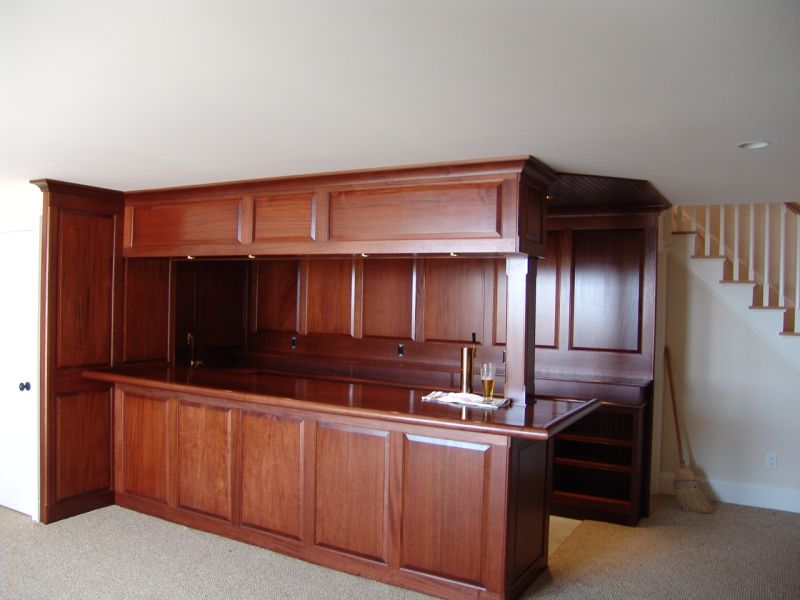Question
A local millwork shop has a Griggio SC3000 10' stroke slider for sale at a very attractive price (under $3k). We have not had a chance to take a close look at it yet. It is supposed to have all parts and be in good shape except for a bad bearing in the slider mechanism. Does anyone have experience with this saw? Is it possible or even likely that a bad bearing is just that, or should we expect that the whole slider has been worn out through overuse? Are parts available, and where?
Forum Responses
(Cabinetmaking Forum)
From contributor A:
We've been using one of these for about 7 years. It was about 9 years old when we bought it. It's basically a knock-off of an 80ís era Altendorf. It's a solid machine. It is better, in my opinion, than SCM of the same era. The first thing you should look for is wear in the ways. This one has phenolic ways. If the saw has been used for a lot of short stroke cross-cutting, and if the owners just left the carriage in the same spot on the slider all the time, there may be uneven wear. Look for a rising and falling of the slider top relative to the main saw top. This condition isn't worth repair as the whole slider and ways have to go back to the factory.
If it's one of the keeper bearings that hold the slider down on the ways, it's nothing. This is available at any decent machine shop supply house. We replaced a couple of those ourselves. If it's the skate-board that rides between the ways and the slider, it may just be a wheel that needs tightening. Ours had an obvious clunking in the slide when we bought it. A crescent wrench fixed that. You should probably remove the slider and have a look at the skate-board. Take the cross-cut carriage off first. Then look for a cap-screw at the front of the slider and down between the ways. Undo that and you can remove a steel stop-block. The whole slide will run off the back of the saw then. You'll probably want to do this anyway if you buy the saw and need to move it yourself.
Other parts are available. We had to replace a cross-cut stop and we got it through a guy who repairs and sets up woodworking machinery. Griggio is still going strong. They make real machinery. We got one of their shapers at the same bankruptcy sale.
A lot has been said in previous posts about phenolic ways and how we should avoid them. The fact is that if the saw has been properly used, the ways are good for decades. As I mentioned above, if there's a long run of cross-cutting it's best to move the carriage to a new spot so it's not running over the same part of the ways all the time. That only takes 4 or 5 seconds and will add years to the life of the saw. If you can get it for less than 3K and you put a few hours of work into it, it's not going to owe you anything in a few years.
